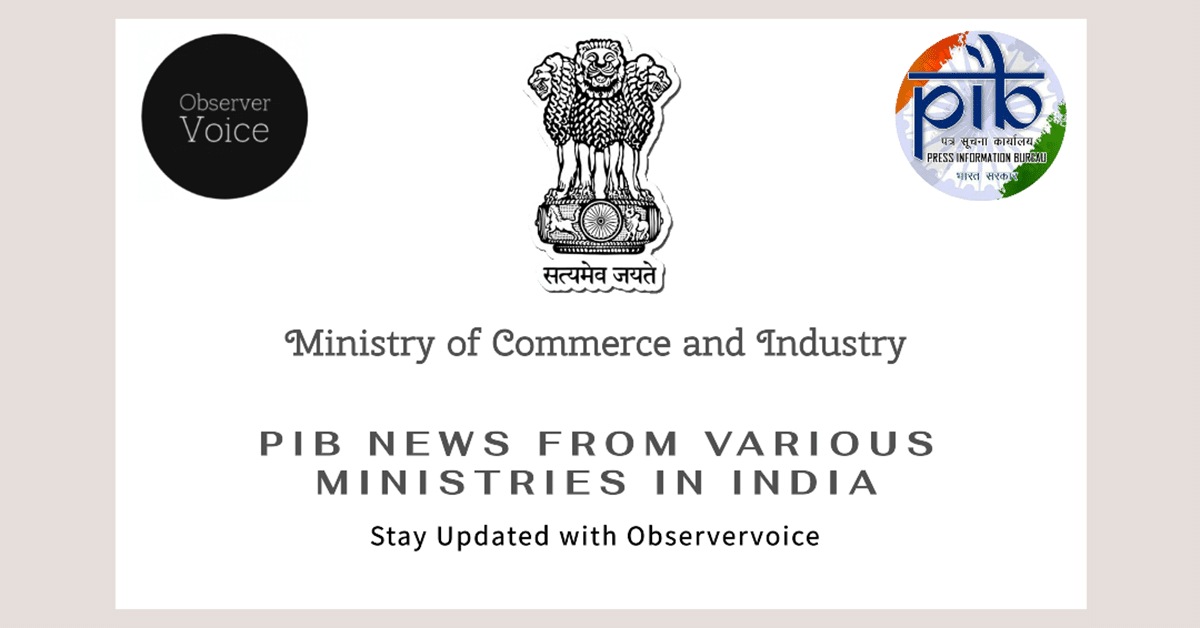Accelerating Electric Vehicle Adoption in India

The Indian government is taking significant steps to promote electric vehicles (EVs) across the country. Union Minister of Commerce and Industry, Shri Piyush Goyal, recently highlighted the importance of integrating battery swapping facilities with existing charging infrastructure. This initiative aims to accelerate the adoption of EVs in India, making it a movement that involves the public. The Minister’s remarks came during a consultation meeting focused on developing battery charging and swapping infrastructure, co-organized by the Confederation of Indian Industry (CII) and the Department for Promotion of Industry and Internal Trade (DPIIT).
The Need for Battery Swapping Infrastructure
During the meeting, Minister Goyal emphasized that battery swapping facilities should coexist with traditional charging stations. This dual approach can significantly enhance the convenience of using electric vehicles. Battery swapping allows drivers to exchange depleted batteries for fully charged ones in a matter of minutes. This quick turnaround can alleviate concerns about long charging times, which often deter potential EV users.
Industry stakeholders predict that the battery swapping sector could grow to a staggering USD 20 billion by 2030. This growth potential underscores the necessity for a level playing field in terms of subsidies and incentives for battery swapping and fixed-battery EV manufacturers. The meeting also showcased technological advancements in the sector, including the use of robotics that can replace batteries in as little as 135 seconds. Such innovations could revolutionize the way consumers perceive and utilize electric vehicles.
Collaboration Among Ministries and Industry Leaders
The consultation meeting was attended by various government officials and industry leaders, including Union Minister of State for Heavy Industries and Steel, Shri Bhupathi Raju Srinivasa Varma, and senior representatives from major companies like Amara Raja Advanced Cell Technologies, TVS Motor Company, and Mahindra & Mahindra Ltd. This diverse representation highlights the collaborative effort required to develop a robust battery swapping infrastructure.
Minister Goyal called for close cooperation among several ministries, including Heavy Industry, Power, Petroleum & Natural Gas, and Housing & Urban Affairs. Such collaboration is essential for the effective implementation of battery swap stations across the country. The Minister envisions that all petrol pumps, CNG stations, and similar facilities should be equipped with battery swapping and charging infrastructure. This widespread availability would not only address current issues like vandalism but also ensure that facilities are accessible to all users, regardless of their location.
Ensuring Safety and Standards
While the potential for battery swapping is immense, safety remains a primary concern. Industry stakeholders stressed the importance of establishing well-defined standards and accountability measures. Relevant authorities, such as the Bureau of Indian Standards (BIS), must play a crucial role in setting these standards to ensure the safety and reliability of battery swapping facilities.
The emphasis on safety is vital for building consumer trust in electric vehicles. As the industry continues to innovate and expand, it is essential that safety protocols keep pace with technological advancements. By addressing these concerns proactively, the government and industry can foster a more favorable environment for the adoption of electric vehicles in India.
Observer Voice is the one stop site for National, International news, Sports, Editor’s Choice, Art/culture contents, Quotes and much more. We also cover historical contents. Historical contents includes World History, Indian History, and what happened today. The website also covers Entertainment across the India and World.

